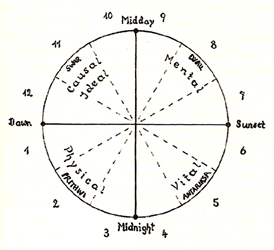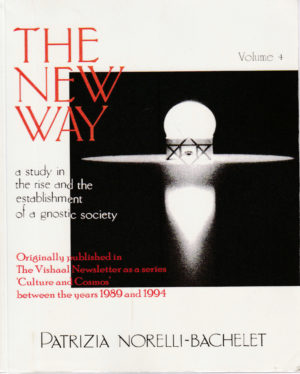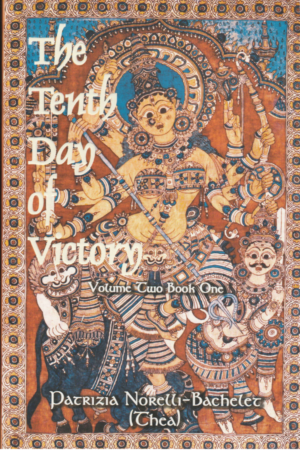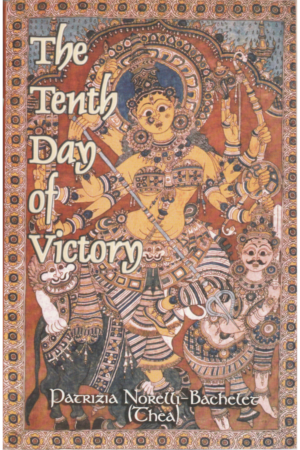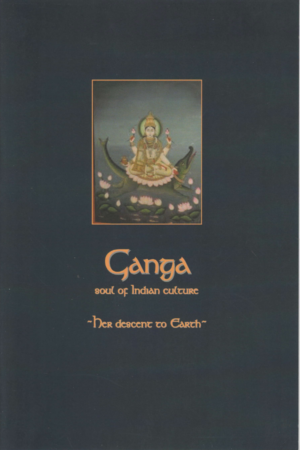Description
The Introduction to Time and Imperishability – Essays on the Capricorn Hieroglyph states the problem and explores the cause for the ‘aberration’: although India is Capricorn, the gateway to a higher destiny (Uttaryana) for the Earth, Makar Sankranti is celebrated 23 days after the 21/22 December Solstice, on 15-16 January. The loss of this connection to the cosmic harmonies – to her Divine Measure – has over time caused a progressive decline in the Dharma which India is destined to preserve for the world.
The essays fall into four sections:
Part One: Transcendence and Immanence of the One, Om and the Cosmic Truth, The Implicit Individual
Part Two: The Future of India
Part Three: India’s Diversity in Unity
Part Four: Astrology – New Insights into an Ancient Wisdom, The Zodiac and the Rig Veda, Twashtri’s Bowl, The Vedic Swar- Heaven Upon Earth, Towards National Integration, the Gunas and the Geography of India, Number Power – the Companion of Astrology.
Twashtri’s Bowl: ‘And this bowl of Twashtri new and perfected you made again into four . . . .’ Rig Veda
‘Twastri or Vishwakarma, the Vedic divine architect, fashioned a bowl, it is said. What is the meaning of this act – in the context of the Rig Veda and its relevance for us today, on this planet, and particularly in India? In the previous article a connection was established between the zodiac and the Rig Veda by means of their common focal point, the measure of our year. . . For the ancient rishis the year was not something elusive and insubstantial. It was, as it were, a vessel or a womb upholding and gestating different aspects of creation.’ (pp. 175-176)


